Reedville FS-278
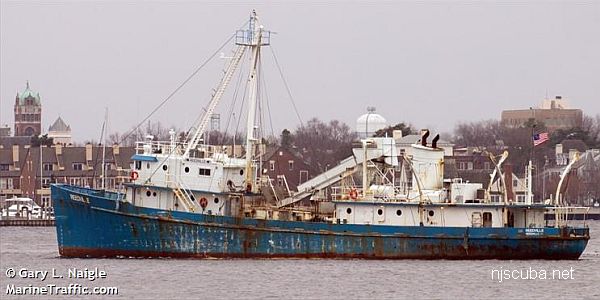
- Type:
- artificial reef, freighter, purse seiner
- Built:
- 1944, Wheeler Shipbuilding, Brooklyn NY USA, as Army FS-278
- Specs:
- ( 166 x 32 ft ) 542 gross tons
- Sunk:
- Friday, August 14, 2020 - Delaware #11 Artificial Reef
- GPS:
- 38°40.423' -74°44.295'
- Depth:
- 80 ft
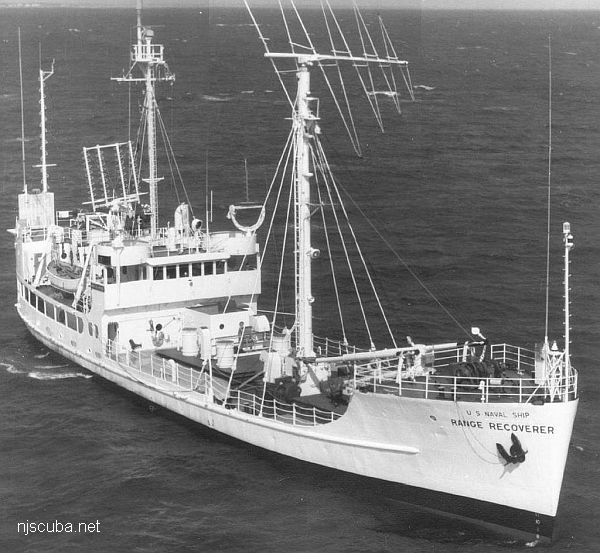
Reedville was built by Wheeler Shipbuilding in 1944 for the US Army as FS-278, one of the countless small freighters needed for the war effort. Coast Guard-manned FS-278 departed New York on 17 December 1944, for the Southwest Pacific where she operated at Peleliu, Palawan, etc. during the war. She was decommissioned shortly after the war's end.
In 1960 the vessel was transferred to the Navy and converted to a missile range instrumentation ship. Rechristened Range Recoverer, she went through a series of classifications: T-AG-161, T-AGM-2, YFRT-524. Range Recoverer supported missile tests for the Navy and NASA on both coasts, finishing her career in Virginia.
By 1974, the Navy had disposed of the vessel, which was then converted to a purse seiner by the Omega Protein Company ( or whatever name it had at the time, ) at which point its history became basically the same as Shearwater. Reedville was named for her home port of Reedville Virginia, Omega's main base of operations on the east coast.

In 2013, Omega acquired two new purpose-built vessels to replace the well-worn World War II-era conversions, and eventually donated Shearwater and Reedville as artificial reefs. Omega fishes exclusively for Atlantic Menhaden, or Mossbunker (pictured), which is used in the manufacture of a wide range of products.
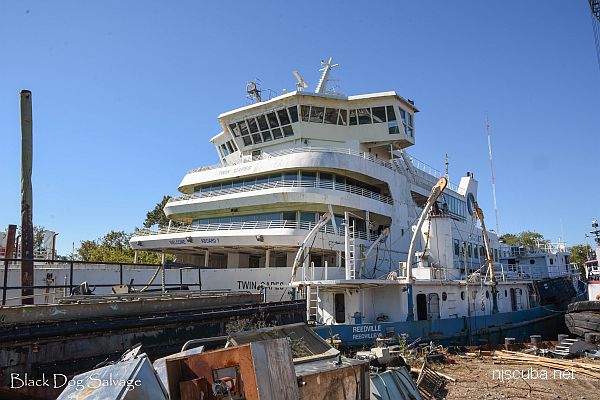
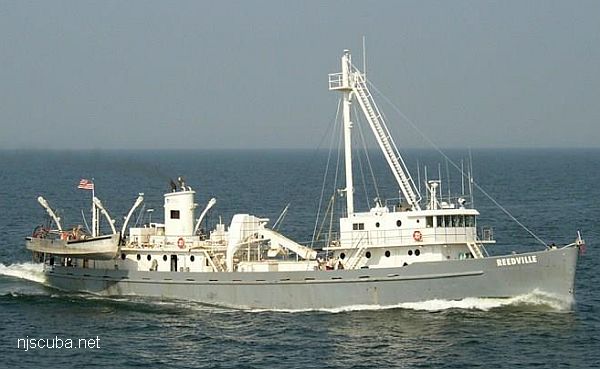
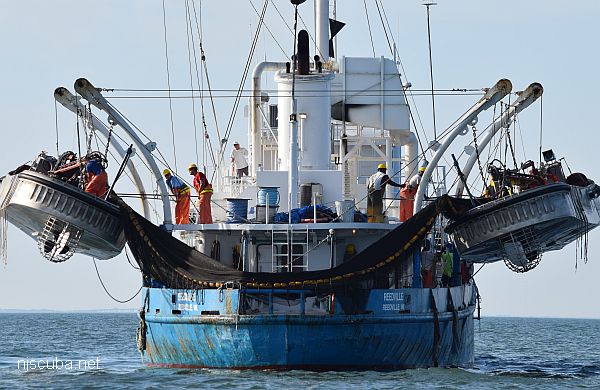
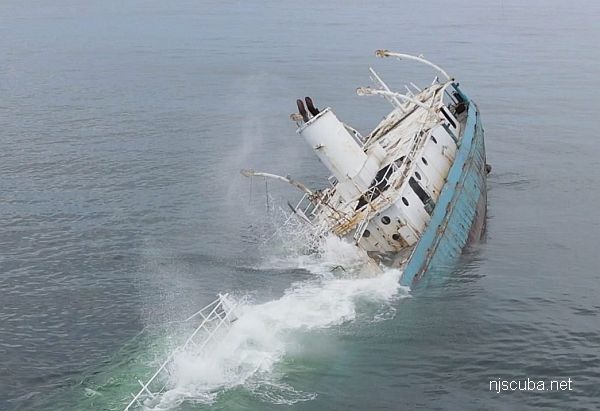
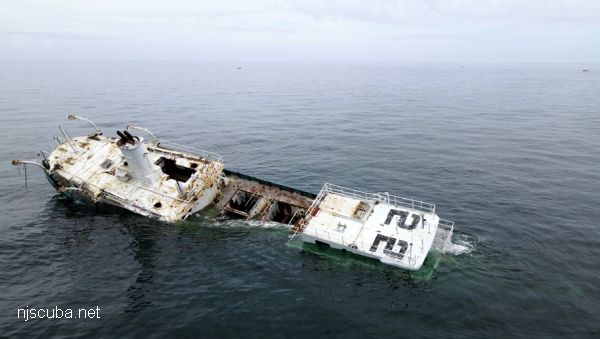
Reedville is a repeat of Shearwater, the vessels are nearly identical.


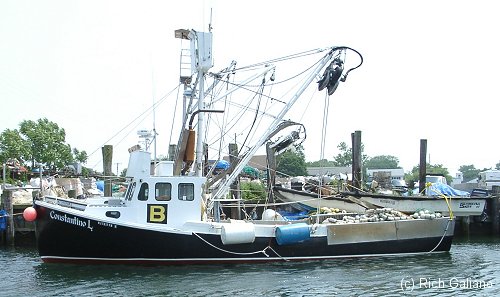
Questions or Inquiries?
Just want to say Hello? Sign the .